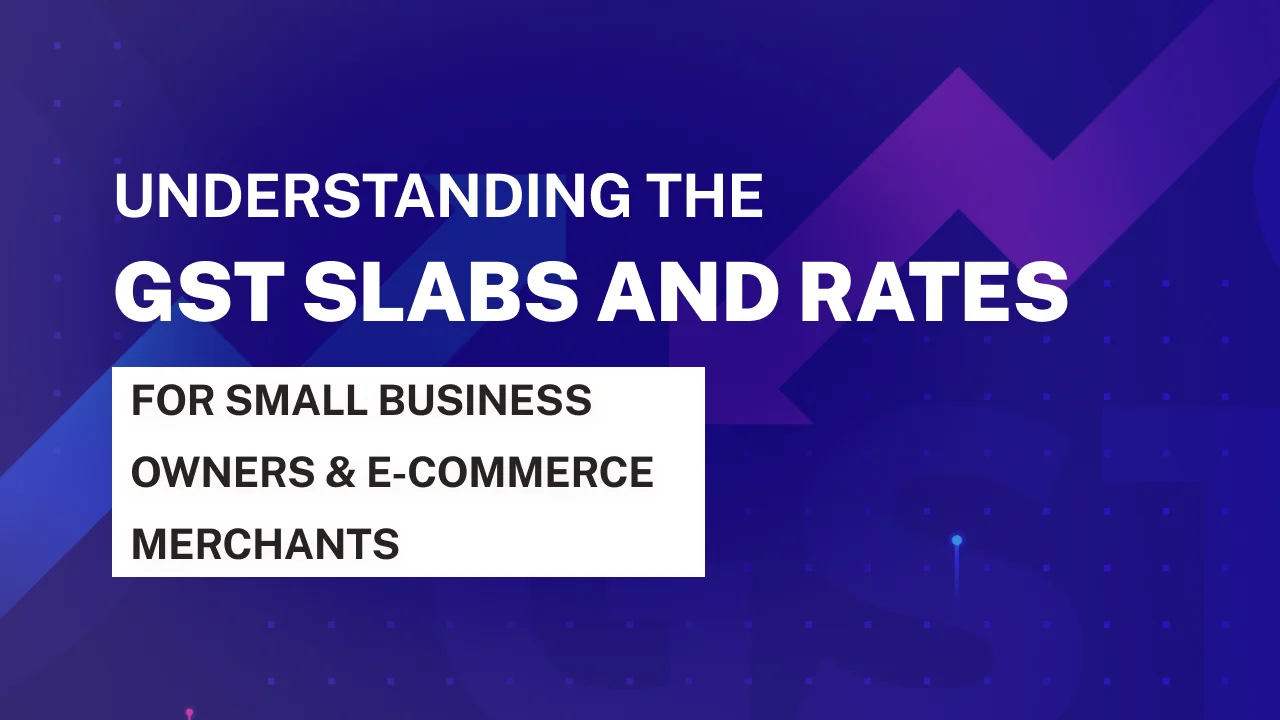
How to Maximize Your Video Production Efficiency
Simplify your video creation process and create high-quality videos faster with these simple 8 tips. Learn how to optimize and improve results for your business
As a small business owner, why is it important for you to register for GST, what’s in it for you? What do I potentially gain out of this?
Before GST, there were many different taxes that businesses had to pay to the central and state governments separately. This made it very complicated for small businesses to calculate and file all these different taxes.
When GST was introduced, it combined all these different taxes into one single tax. This made it much easier for small businesses to understand and comply with the tax system.
The government's slogan "One Nation One Tax" means that now there is one unified tax rate across the country, instead of different tax rates in different states.
So in essence, GST simplified the tax structure and made it easier for small businesses to calculate what they owe and file their taxes. However, there was an initial period of adjustment as businesses had to update their accounting systems for the new GST rules.
The idea behind GST was to make tax compliance easier, especially for startups and small businesses that may not have large accounting teams. However, it did take some time for businesses to transition to the new system.
Read More: A beginner's guide to understanding GST for small business and e-commerce merchants
GST registration provides several advantages for small businesses that outweigh the compliance efforts involved. The key benefits include:
One of the major benefits that GST has brought for startups and small businesses, especially in the services sector, is the ability to claim tax credits on purchases. Here's how it works:
Before GST, service providers had to pay service tax on their services, but could not claim credits for the VAT paid on goods/inputs purchased for business use. This created a tax-on-tax cascading effect.
However, under the GST regime, businesses can now set off the GST paid on purchases (like office supplies) against the GST payable on the services/products they sell.
Let's understand with an example:
A startup buys office supplies for Rs.50,000 + 5% VAT (Rs.2,500)
It provides a service for Rs.80,000 + 15% Service Tax (Rs.12,000)
Total Tax Outgo = Rs.12,000 (Service Tax) + Rs.2,500 (VAT) = Rs.14,500
The same startup buys supplies for Rs.50,000 + 12% GST (Rs.6,000)
Provides service for Rs.80,000 + 18% GST (Rs.14,400)
GST Payable = Rs.14,400 (on service)
Less: GST Credit = Rs.6,000 (on purchases)
Net GST Outgo = Rs.8,400
So by claiming credits, the tax burden is reduced from Rs.14,500 to Rs.8,400, providing substantial cost savings.
This input tax credit system under GST eliminates the previous tax cascading and helps in improving profitability and working capital for small businesses and startups.
However, it's important to be compliant with GST rules. Offences like not registering, not filing returns, fraudulent practices etc. can attract penalties ranging from:
- 10% to 100% of tax dues
- Late fees of Rs.100-200 per day for delays
- Higher penalties like Rs.25,000 for incorrect invoicing/filing
The interest of 18% per annum may also be levied on any GST shortfalls. So while GST provides opportunities for cost savings via input credits, it's crucial for businesses to diligently follow the GST regulations to avoid harsh penalties.
Manufacturing companies and businesses with over ₹40 lakhs turnover require GSTIN. For service and ecommerce, it’s ₹20 lakhs or more. Rs 10 lakh for the States of Manipur, Mizoram, Nagaland, and Tripura.
Documents Needed:
Steps to Register:

Simplify your video creation process and create high-quality videos faster with these simple 8 tips. Learn how to optimize and improve results for your business

Confused by GST slabs & rates? This guide simplifies it for small businesses & e-commerce sellers. Run your business smoothly & stay tax-compliant!

Discover the reasons for business failure & ensure your business's long-term success by avoiding them in your early stage